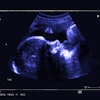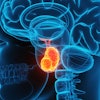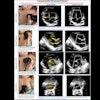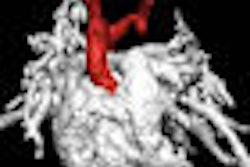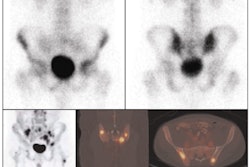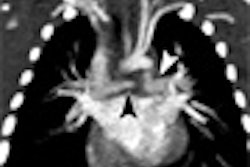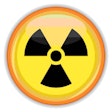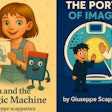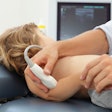Dear AuntMinnie Member,
Many radiologists are using lower power settings on CT scanners when imaging pediatric patients compared with 2001 -- mostly likely resulting in lower radiation doses delivered to children.
That's the conclusion of a study we're highlighting this week in our brand new Pediatric Imaging Digital Community. Dr. Michael Arch and Dr. Donald Frush from Duke University in Durham, NC, conducted a survey of the CT scanner settings used in pediatric studies, comparing them to the results of a similar survey performed five years ago.
In general, survey respondents said they were dialing back on the kV and mA settings compared with the earlier survey, which found that many radiologists were using the same settings for both pediatric and adult patients -- delivering unnecessary dose to children. Get the rest of the study details by clicking here.
While the Duke study brings welcome news on pediatric radiation dose, a University of Maryland study offers a more sobering look. The research on more than 40,000 computed radiography (CR) exams found wide variations in CR protocols among six departments at the hospital, which probably resulted in higher radiation doses than necessary. That story is available by clicking here.
We round out our pediatric coverage with a study on the use of real-time 3D transesophageal echocardiography (TEE) for guiding treatment in patients with heart conditions such as atrial septal defect and congenital heart disease. The research found that real-time 3D TEE offers advantages over other modalities -- find out why by clicking here.
Get these stories and more in the Pediatric Imaging Digital Community, which we've launched to bring you the latest news and information on medical imaging and children. Be sure to check back often at pediatric.auntminnie.com.

